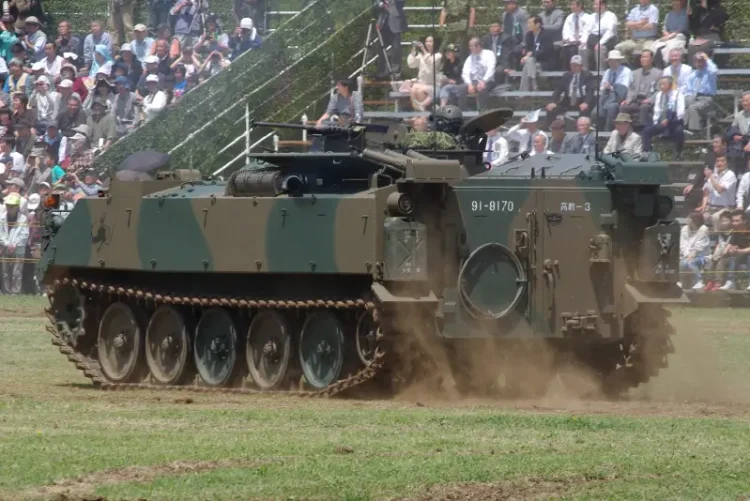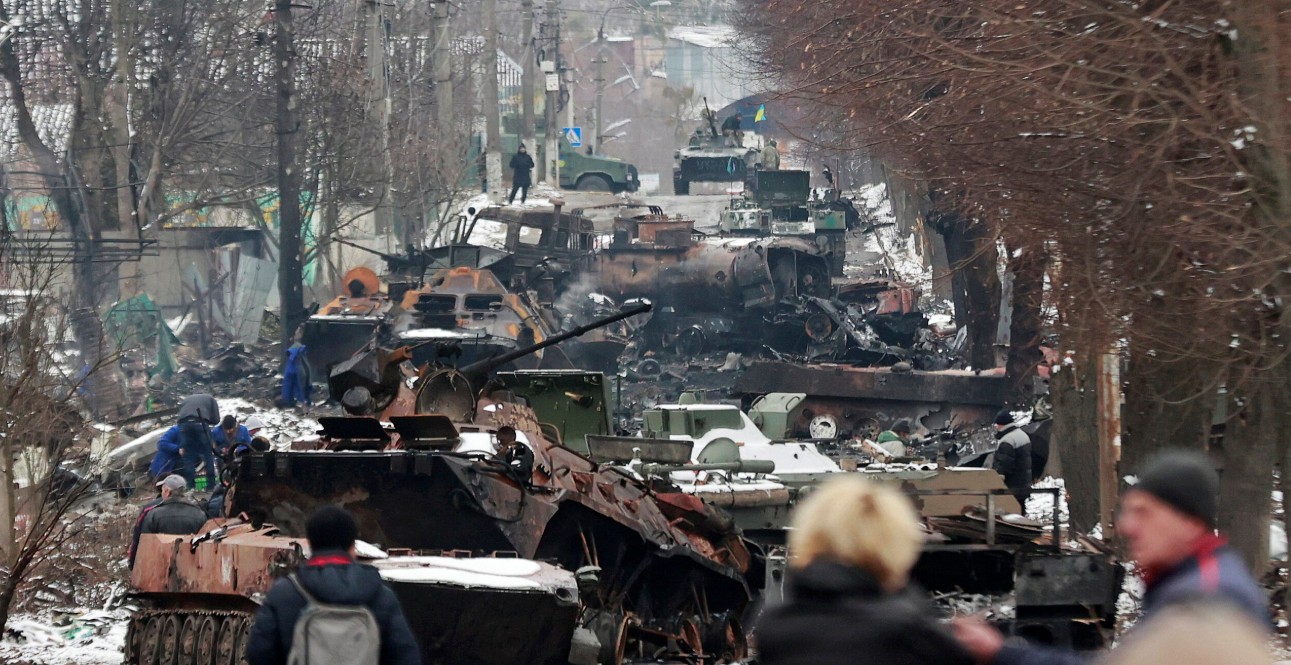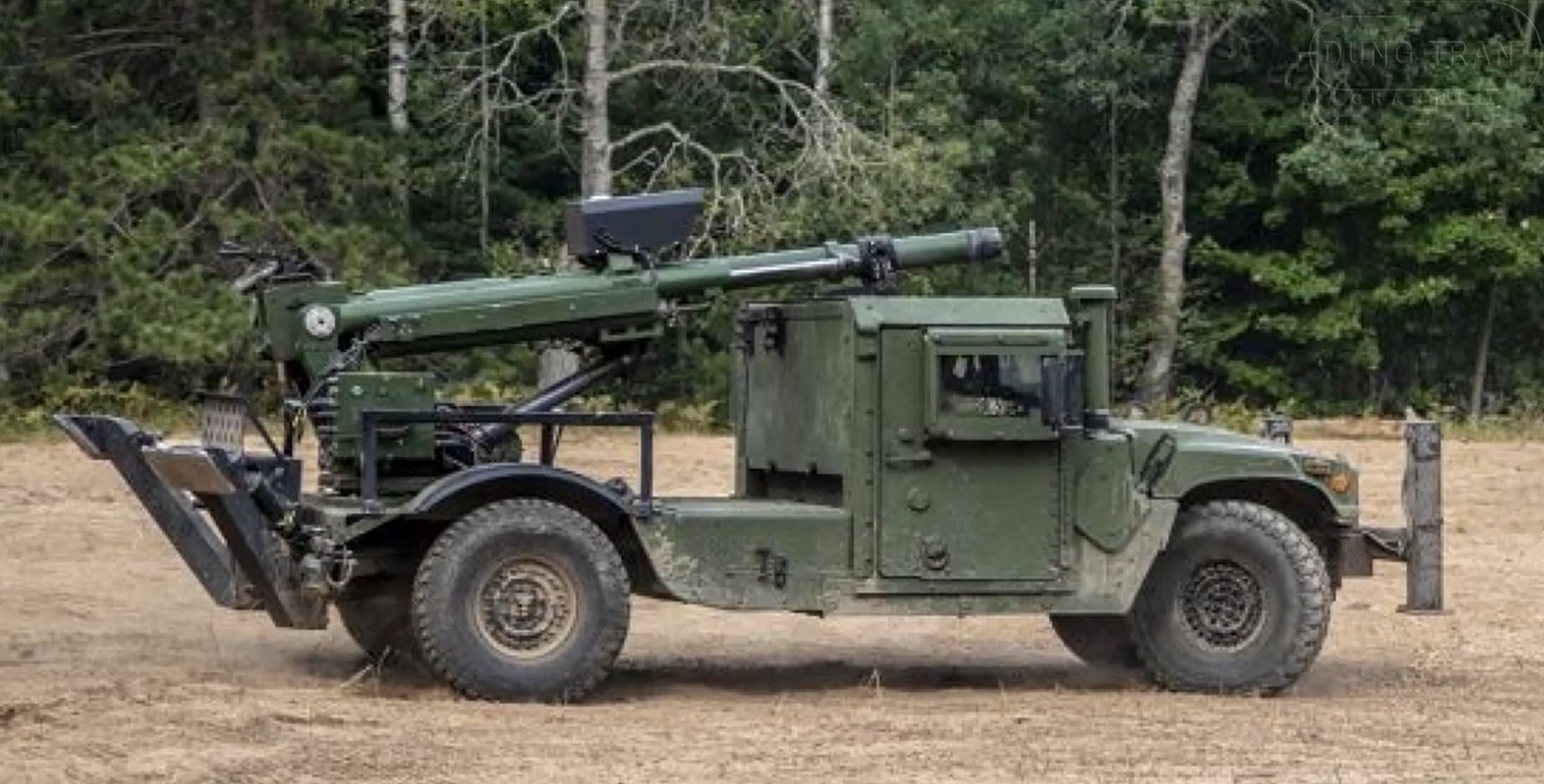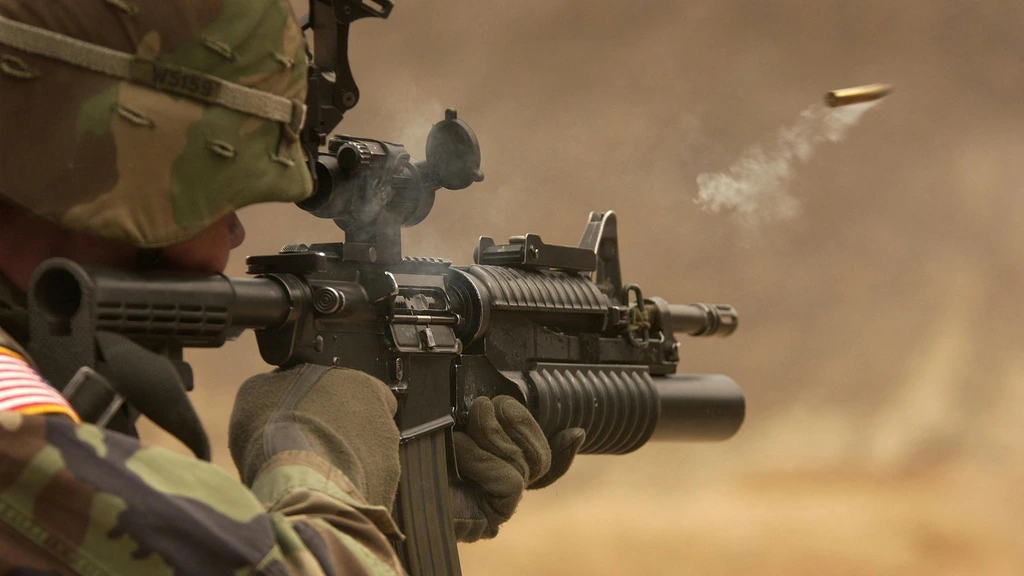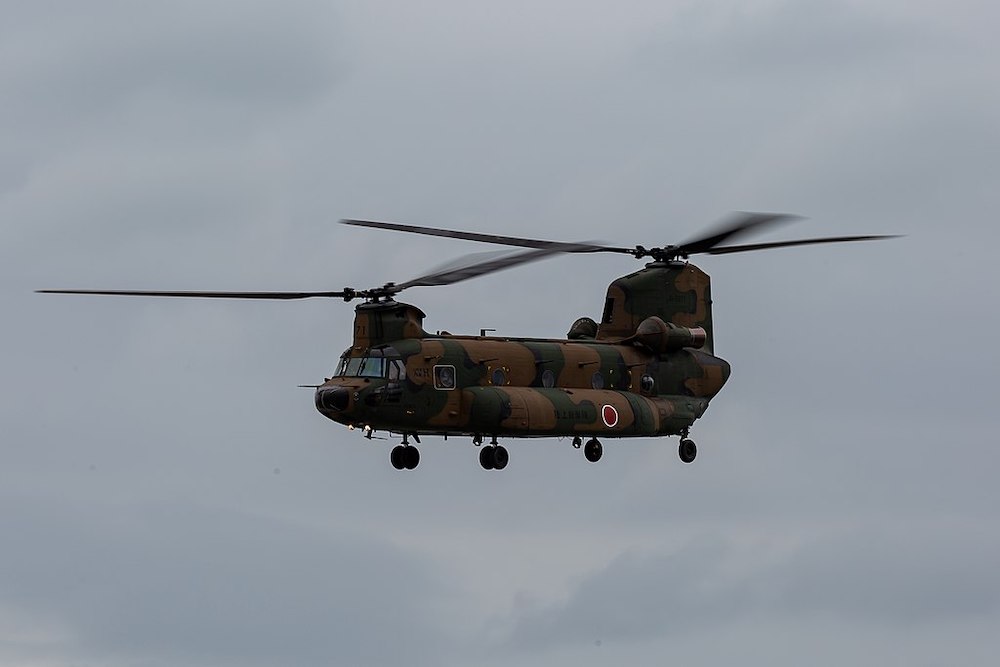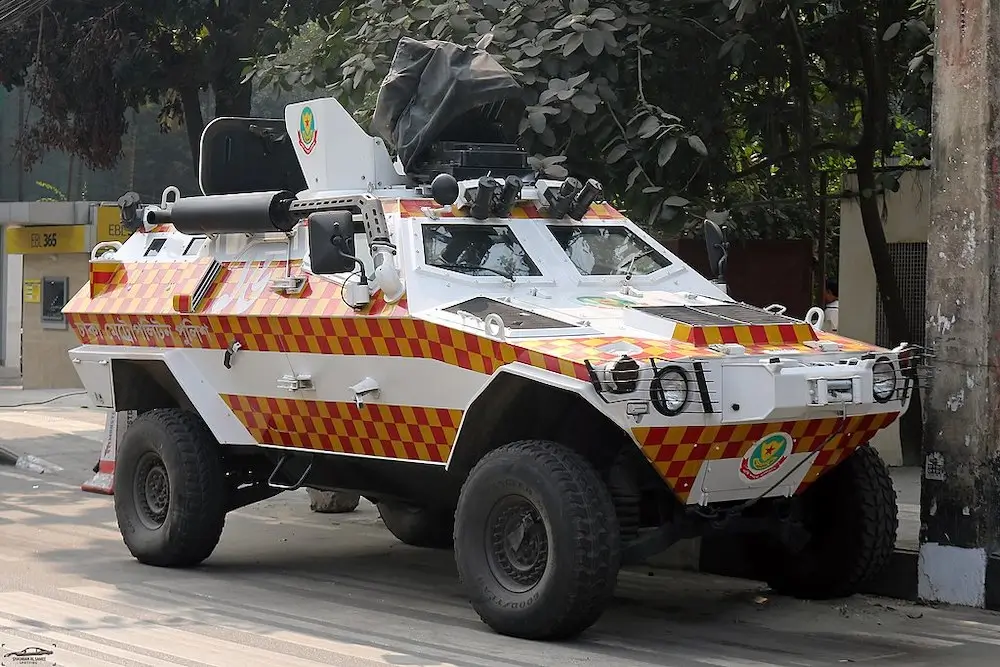Introduction
In the years following World War II, Japan focused on rebuilding its economy and modernizing its military. As part of this effort, the Japanese Self-Defense Forces (JSDF) developed the Type 73 Armored Personnel Carrier (APC). This versatile vehicle played a crucial role during the Cold War era, providing the JSDF with enhanced mobility and protection.
Design and Features
The Type 73 APC was designed by the Mitsubishi Heavy Industries (MHI) and entered service in 1974. It was built on a chassis derived from the Mitsubishi Type 73 6×6 truck, which gave it excellent off-road capabilities. The APC featured an armored hull made of steel and was designed to protect its occupants from small arms fire, artillery shrapnel, and mine explosions.
The vehicle had a crew of two and could carry up to ten fully equipped soldiers. It had side-facing firing ports and a roof-mounted turret armed with a single 12.7mm M2 Browning machine gun. The turret provided 360-degree rotation and allowed the gunner to engage targets effectively.
Performance
The Type 73 APC was powered by a Mitsubishi Type 4D30 diesel engine, which provided a top speed of 80 kilometers per hour (50 mph) on roads and a range of approximately 500 kilometers (310 miles). Its suspension system consisted of leaf springs and shock absorbers, ensuring a smooth ride over rough terrain.
With its 6×6 configuration, the Type 73 APC could traverse various landscapes and overcome obstacles such as ditches or small rivers. Its low ground pressure allowed it to operate effectively in soft or muddy terrain, making it suitable for the diverse environments found in Japan.
Service and Development
The Type 73 APC served as the primary armored personnel carrier of the JSDF for several decades. It was used to transport troops, provide fire support, and carry out reconnaissance missions. The vehicle’s reliability and durability made it a valuable asset to the JSDF during training exercises as well as in potential combat scenarios.
Over the years, the Type 73 APC underwent several upgrades and modifications to improve its capabilities. These included the addition of advanced communication systems, infrared night vision equipment, and enhanced protection against improvised explosive devices (IEDs).
Legacy
The Type 73 APC played a significant role in Japan’s Cold War defense strategy and continued to serve in various capacities even after the end of the Cold War. It was eventually phased out of active service in the JSDF, replaced by more modern armored vehicles.
Today, some decommissioned Type 73 APCs can be found in museums and private collections, serving as reminders of Japan’s post-World War II military development and its contributions to regional security during the Cold War era.
Conclusion
The Type 73 APC was a vital vehicle in Japan’s military arsenal during the Cold War era. Its robust design, off-road capabilities, and ability to protect its occupants made it an essential asset for the JSDF. Although it has been replaced by more advanced vehicles, its legacy lives on, and its contributions to Japan’s defense industry will not be forgotten.
